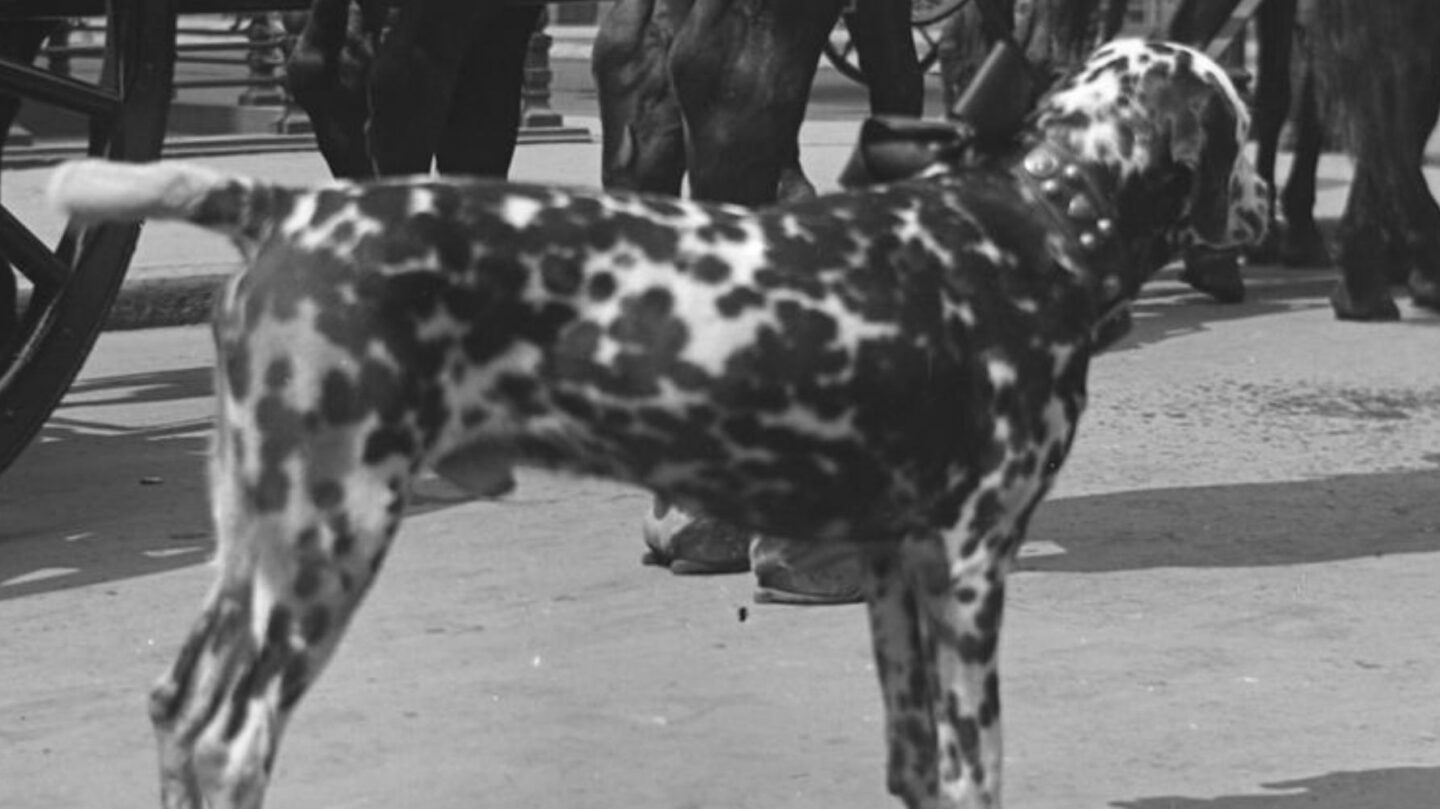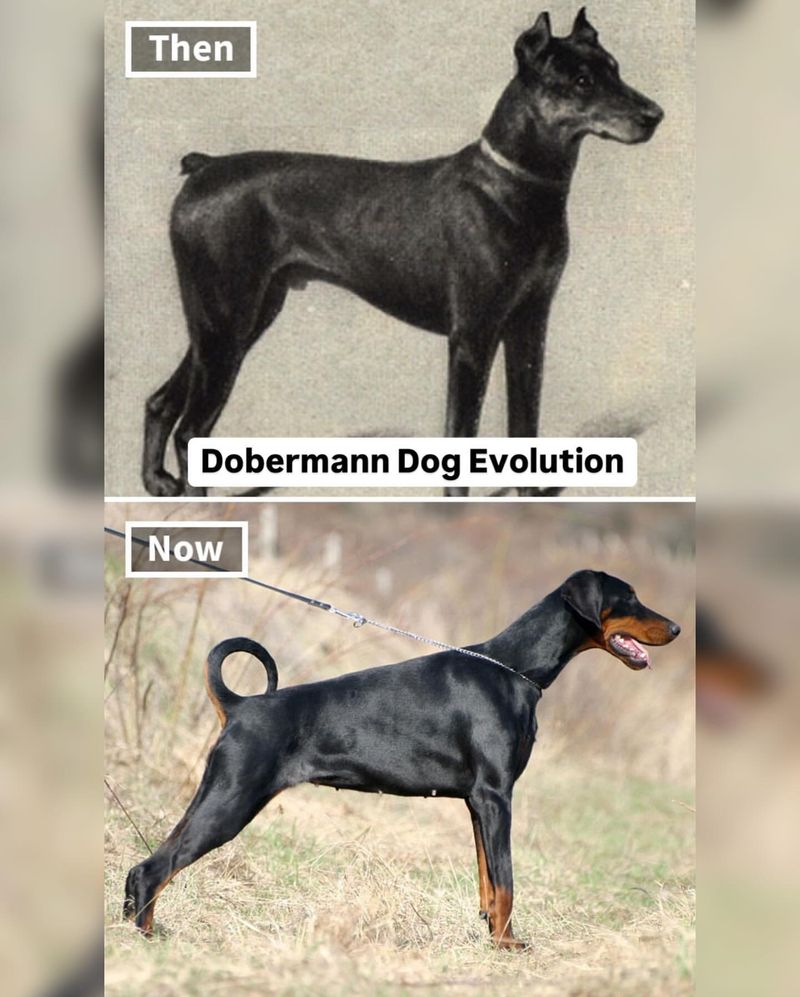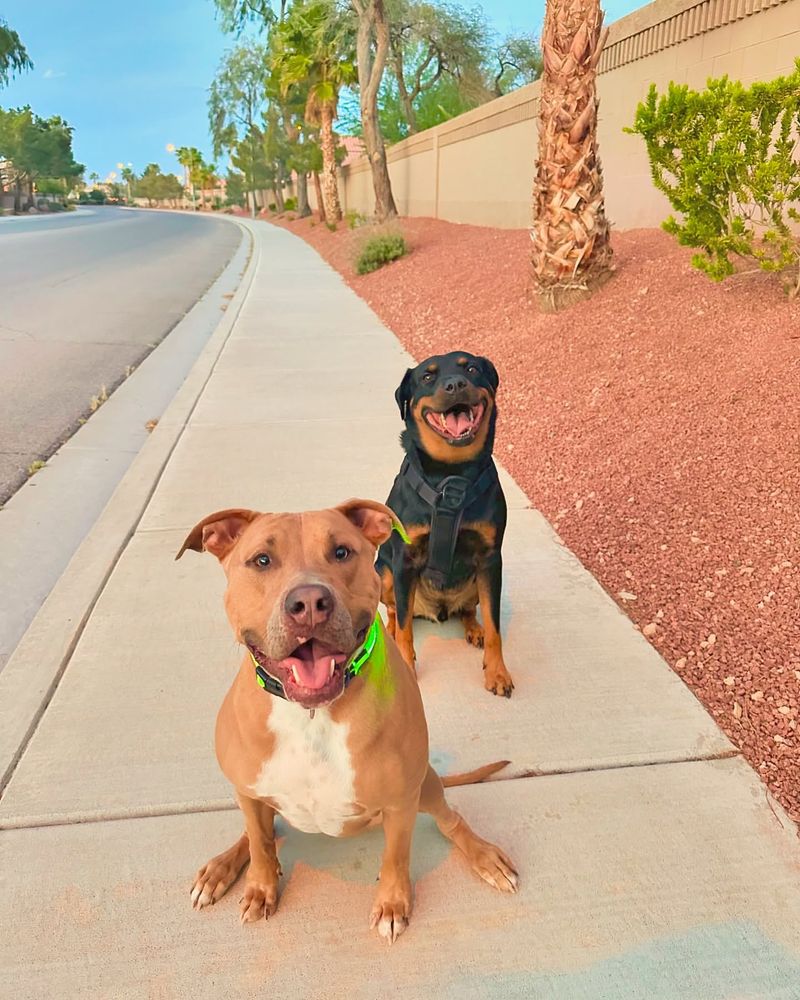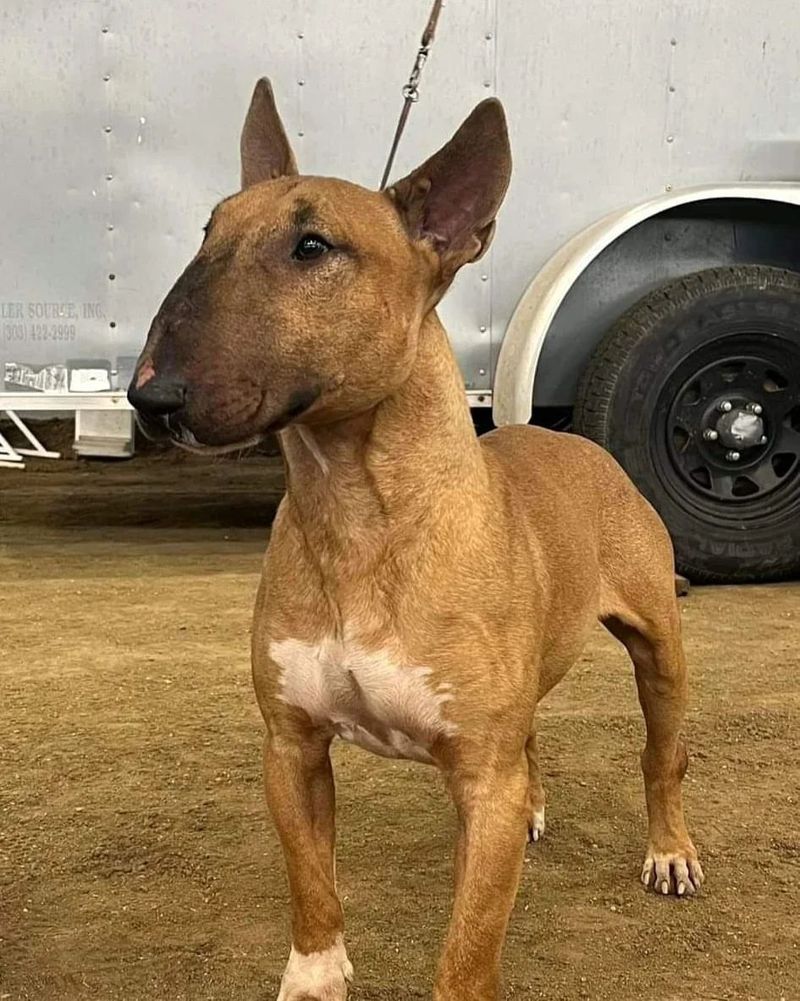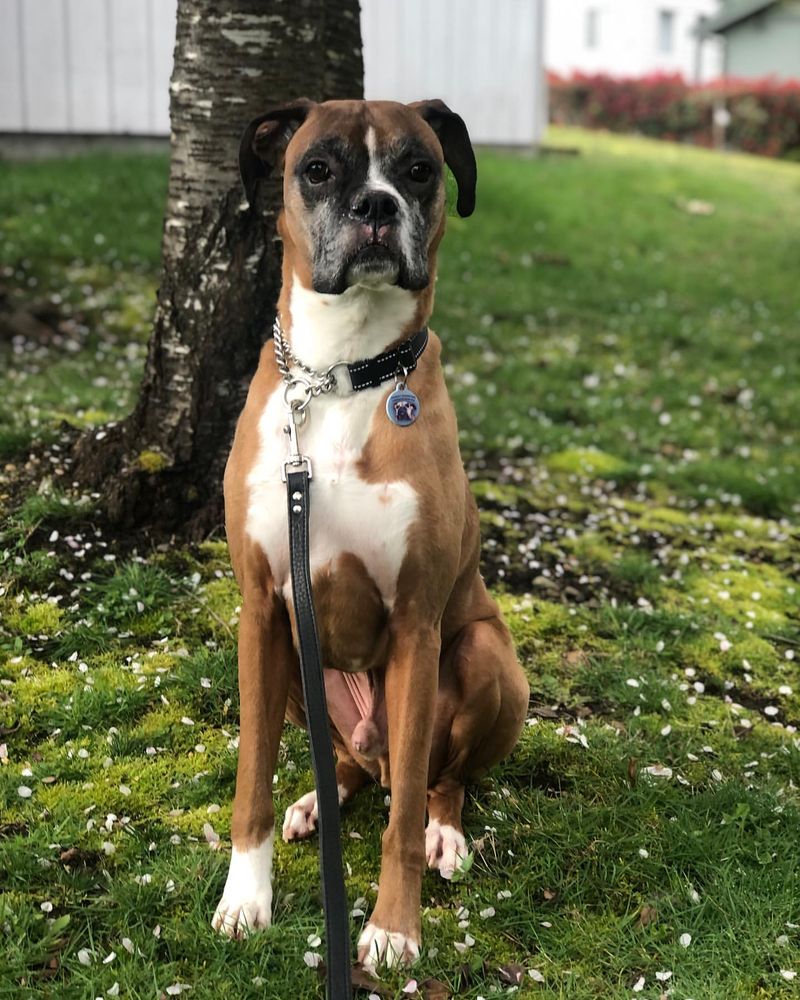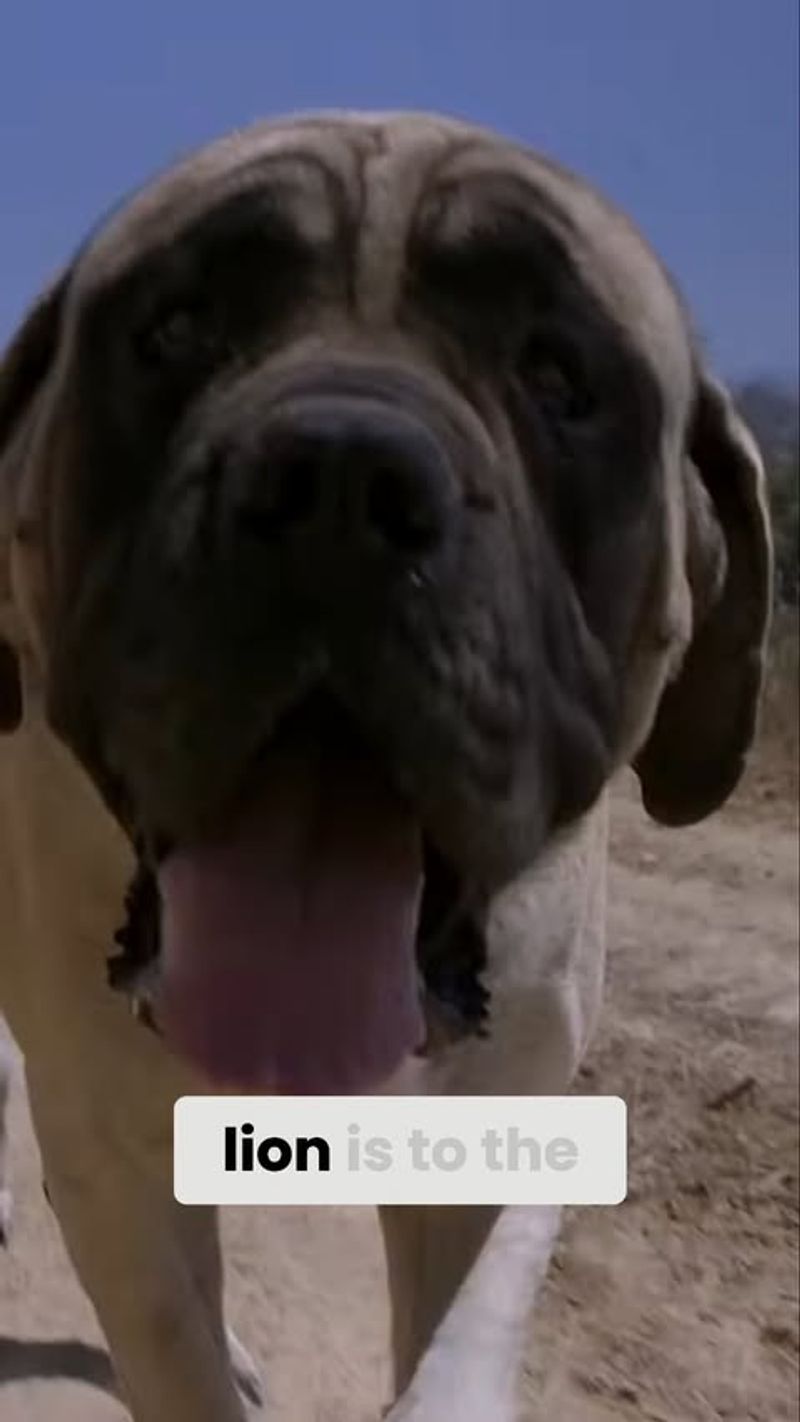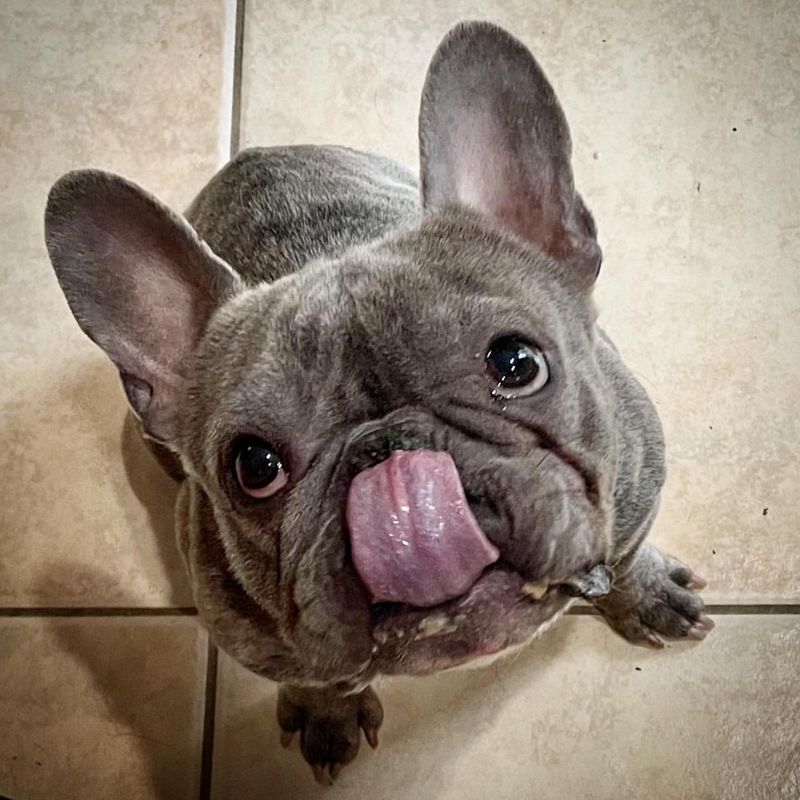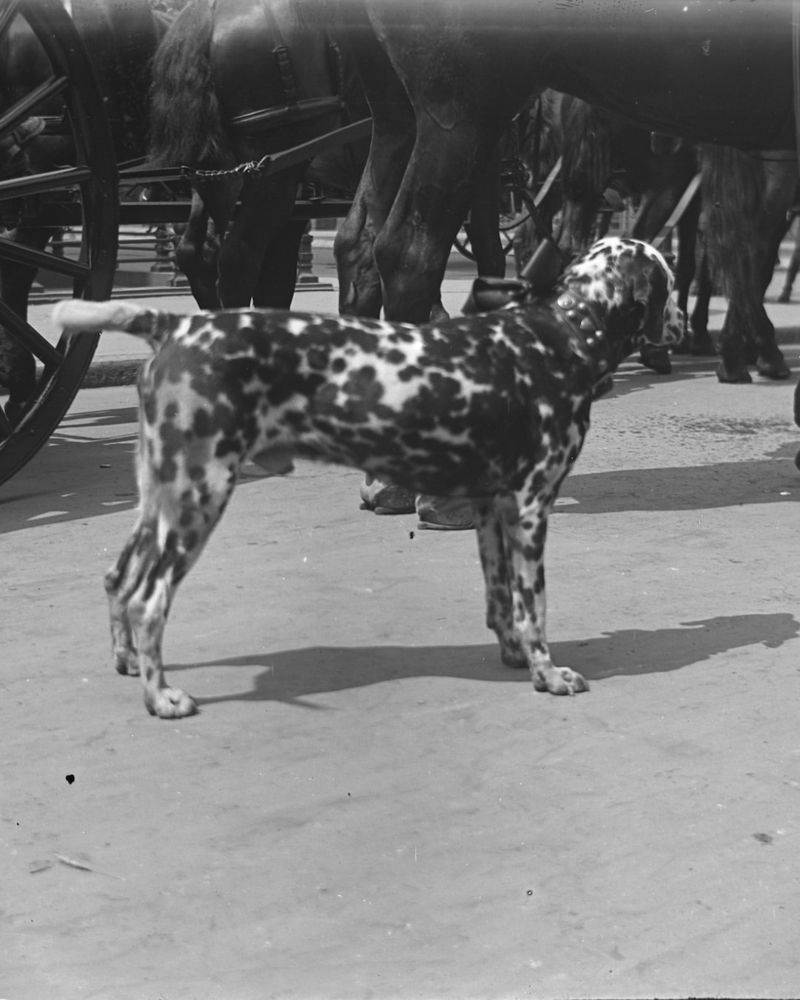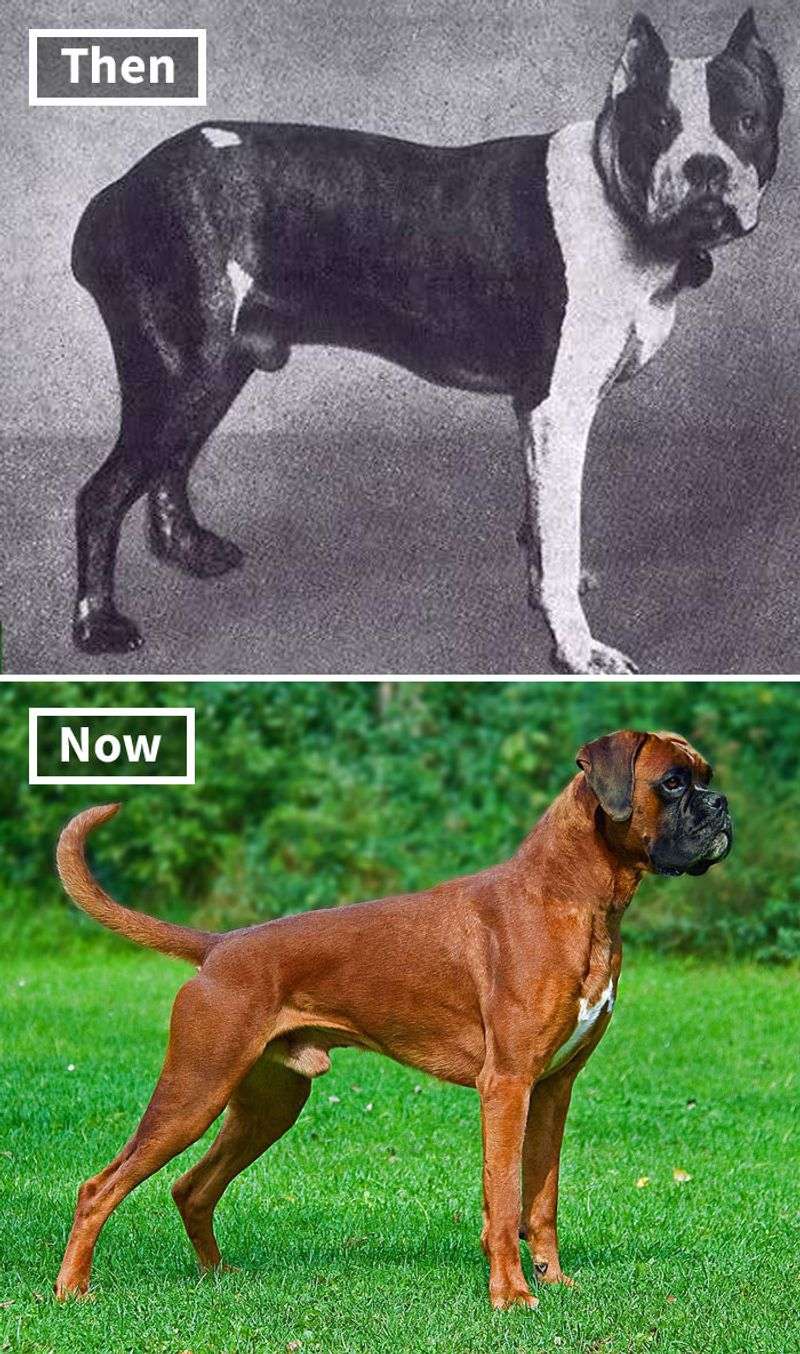The evolution of dog breeds since the 1980s is a fascinating journey of transformation influenced by various factors. Breeders have redefined characteristics, leading to shifts in physical appearances, temperaments, and health conditions. From the influence of popular culture to advancements in genetics, the dog breeds we know today often differ significantly from their past counterparts. This blog post explores twelve distinct ways in which these changes have manifested over the decades.
Miniaturization of Breeds
Since the 1980s, the trend of miniaturizing popular dog breeds has taken off. Breeders have focused on reducing the size of dogs like the Poodle and Dachshund to cater to urban living. This shift has given rise to terms like “teacup” breeds.
These miniaturized versions often have exaggerated features such as larger eyes and shorter snouts. They are particularly popular among city dwellers who desire a manageable companion. However, this change has also led to health issues, including joint problems and respiratory difficulties.
Understanding these challenges is crucial for potential owners seeking smaller breeds.
Rise of Designer Breeds
In the quest for the perfect pet, designer breeds have gained immense popularity since the 1980s. Breeds like Labradoodles and Cockapoos emerge from mixing purebreds to combine desirable traits such as hypoallergenic coats and friendly temperaments.
These breeds aim to cherry-pick the best of both worlds, offering unique combinations of characteristics not found in traditional purebreds. However, despite their appeal, designer breeds can be unpredictable in temperament and health.
Prospective owners should research thoroughly and consider these factors when choosing a designer breed.
Increased Health Awareness
Since the 1980s, there has been a marked increase in awareness regarding canine health issues. Breeders and owners alike have focused on reducing inherited diseases through careful selection and breeding practices.
Advances in veterinary medicine have played a significant role in identifying and managing conditions like hip dysplasia and heart disease. This focus on health has led to improved quality of life for many dog breeds, with longer lifespans and healthier lives.
Dogs today benefit from rigorous health screenings and preventative care, a trend that continues to grow.
Shift in Temperament Trends
The personality of dog breeds has seen a notable shift since the 1980s. Breeders now prioritize more sociable and friendly temperaments, reflecting changes in family lifestyles and urban living.
While some breeds historically known for their guarding instincts have softened in temperament, others have been bred to enhance their companionability. This change aims to better suit the contemporary dog owner who values companionship and adaptability over protective traits.
Understanding these shifts is crucial for those considering a new pet, as it affects how breeds fit into modern households.
Changes in Coat and Color
Since the 1980s, breeders have focused on expanding the range of coat colors and patterns in dog breeds. This drive for diversity has led to a wider array of choices for prospective owners, particularly in breeds like the Cocker Spaniel and Boxer.
These changes are often driven by both aesthetic preferences and breed standards, sometimes creating new challenges in maintaining healthy coats. While diversity in appearance is celebrated, it requires careful breeding to avoid health complications associated with rare colors.
Owners should consider both aesthetics and health when choosing a breed.
Extinction and Revival of Breeds
The 1980s marked a pivotal time for the extinction and revival of certain dog breeds. Breeds previously facing extinction, like the Tibetan Mastiff, have seen a resurgence due to dedicated breeding programs.
These efforts often involve meticulous research and cross-breeding to restore genetic diversity and revive breeds lost to time. While revival is a triumph, it also brings new challenges in maintaining genetic health and stability.
Revival efforts underscore the importance of preserving canine heritage, offering a glimpse into the past while enriching today’s canine diversity.
Impact of Pop Culture
Pop culture has significantly influenced dog breed popularity since the 1980s. Movies, celebrities, and trends often drive demand for specific breeds, such as the Chihuahua after its rise to fame as a celebrity accessory.
This influence can lead to sudden spikes in popularity, sometimes resulting in mass breeding and associated health problems. Breeds that become “trendy” often face overpopulation issues in shelters once the fad fades.
Prospective owners should look beyond trends, considering long-term compatibility and commitment before choosing a breed.
Advancements in Training Techniques
The evolution of training techniques since the 1980s has reshaped how dogs are raised and managed. Positive reinforcement and science-based methods have replaced outdated practices, emphasizing humane and effective training.
These advancements have led to better-behaved pets and enhanced human-canine relationships. Breeds once considered stubborn or difficult now thrive with modern training approaches that focus on rewarding desired behaviors.
As training continues to evolve, it becomes an integral part of responsible dog ownership, aiding in the development of well-adjusted companions.
Focus on Ethical Breeding
Ethical breeding has become a cornerstone of the canine community since the 1980s. Breeders emphasize the health and welfare of dogs, advocating against puppy mills and unhealthy breeding practices.
This focus has led to the establishment of breed standards and certifications, ensuring that dogs are bred with integrity. Ethical breeding practices prioritize the well-being of dogs, reducing the incidence of genetic disorders and promoting healthy, balanced animals.
For those seeking a new pet, understanding the breeder’s ethics is essential in choosing a responsible and reputable source.
Diversification of Working Roles
Since the 1980s, the roles of working dogs have diversified beyond traditional tasks. Breeds once limited to herding or guarding now thrive in roles like therapy, search and rescue, and service work.
This change reflects an evolving understanding of canine capabilities and the development of specialized training programs. Dogs are uniquely positioned to assist in various human endeavors, offering support and companionship.
Recognizing the potential of different breeds in these roles enriches both human lives and the lives of dogs who find fulfillment in meaningful work.
Increased Adoption of Mixed Breeds
Mixed breeds, often termed “mutts,” have become increasingly popular since the 1980s. Many potential dog owners appreciate their unique characteristics and unpredictable charm, often finding them in shelters.
The adoption of mixed breeds supports animal welfare initiatives and helps reduce overpopulation in shelters. Moreover, mixed breeds can sometimes exhibit fewer genetic issues compared to purebreds, offering a healthier alternative for some families.
Embracing mixed breeds not only saves lives but also brings diverse and loving companions into homes across the globe.
Genetic Testing and Customization
The advent of genetic testing has revolutionized dog breeding and ownership since the 1980s. Owners can now access detailed genetic profiles, offering insights into potential health risks and ancestry.
This technology empowers breeders to make informed decisions, reducing inherited conditions and enhancing desired traits. For owners, genetic testing allows for better understanding of their pet’s needs and potential health concerns.
As genetic testing becomes more accessible, it continues to shape the future of dog breeding, offering a tailored approach to pet ownership and care.
